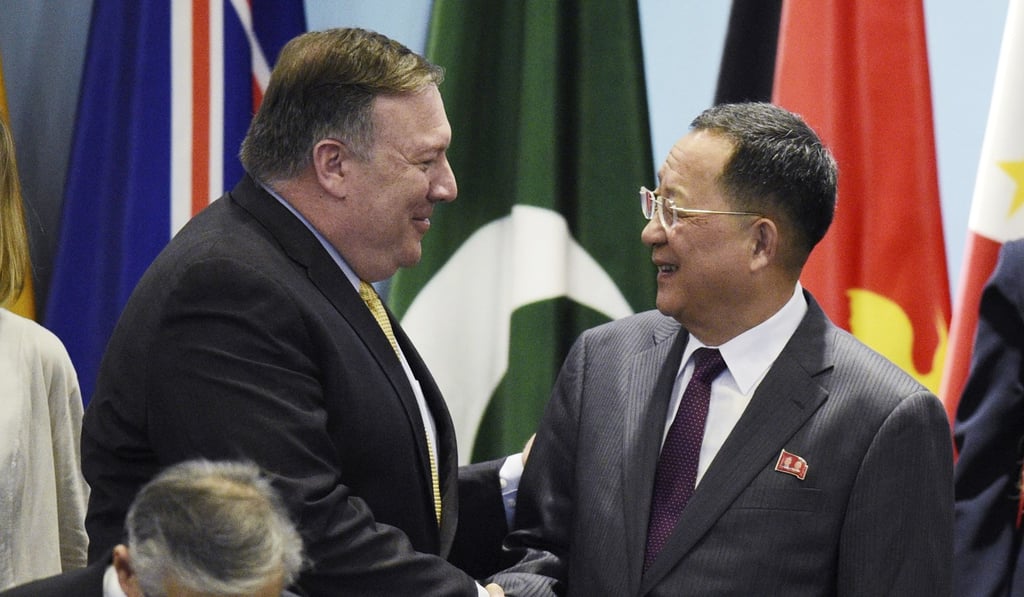Asian Angle | Two months after Trump-Kim summit, North Korea hasn’t changed at all
Despite what looked like a breakthrough following the North’s participation in the Winter Games in South Korea and the improbable Singapore meeting, Pyongyang increasingly looks like its old self

After peaking two months ago with the Singapore Summit, hopes for a peaceful resolution of the long-running North Korea nuclear crisis have sunk into the mire of political and historical obstacles. Before 2018, outsiders knew North Korea as a failing and anachronistic political and economic system that had repeatedly cheated its seemingly long-overdue death through a foreign policy of intimidation, stubbornness, playing adversaries against each other, and occasional flashes of conciliation that usually proved insincere.
If peace is coming, nobody told North Korean defectors
Kim reversed this situation by making a single substantive concession: he stopped the nuclear explosions and long-range missiles tests that are detectable by the outside world. He sold this to Washington and Seoul as evidence of his claimed willingness to denuclearise. The cost to Kim of making this concession is minimal. He can resume testing anytime if negotiations with Washington break down. Domestically, he gave himself political cover by explaining to his countrymen in January that no further testing is necessary to establish the country’s credibility as a nuclear weapon state.
Kim Jong-un’s baby sister: the Ivanka Trump of North Korea
The pause in testing combined with his stated willingness to denuclearise opened a flood of benefits for Kim. The danger of US attack is averted, at least for now. Beijing has relaxed sanctions enforcement and rehabilitated its relations with Kim. Seoul is moving to resume the flow of economic benefits to North Korea. And erstwhile international pariah Kim is suddenly in demand for meetings with foreign leaders.

What about the US agenda? While US Secretary of State Mike Pompeo continues to insist that the United States demands “final, fully verified denuclearisation” and that he sees progress towards that goal, Pyongyang has yet to either explain its own interpretation of what “denuclearisation” would entail or to provide the US government with a list of nuclear and missile facilities and stockpiles.
The other time Singapore gave North Korea a taste of America
In other words, the hard bargaining has not even begun. Outside analysts of North Korea generally expect Pyongyang will not give Washington a full or accurate list and will not allow unfettered inspections by foreigners.
